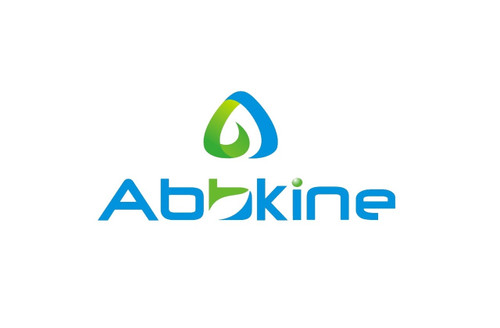Product Description
Mouse Oxidizided glutathione (GSSG) ELISA Kit | AE63254MO | Abebio
Species Reactivity: Mouse (Mus musculus)
Abbreviation: GSSG
Alternative Name: N/A
Application: ELISA
Range: Request Information
Sensitivity: Request Information
Intra-Assay: ≤4.7%
Inter-Assay: ≤7.1%
Recovery: 0, 99
Sample Type: Serum, Plasma, Other biological fluids
Detection Method: Sandwich
Analysis Method : Quantitive
Test Principale: This assay employs a two-site sandwich ELISA to quantitate GSSG in samples. An antibody specific for GSSG has been pre-coated onto a microplate. Standards and samples are pipetted into the wells and anyGSSG present is bound by the immobilized antibody. After removing any unbound substances, a biotin-conjugated antibody specific for GSSG is added to the wells. After washing, Streptavidin conjugated Horseradish Peroxidase (HRP) is added to the wells. Following a wash to remove any unbound avidin-enzyme reagent, a substrate solution is added to the wells and color develops in proportion to the amount of GSSG bound in the initial step. The color development is stopped and the intensity of the color is measured.
Product Overview: Oxidized glutathione represents one percent of the total cellular glutathione (GSH) concentration. Glutathione, the most abundant intracellular non-protein thiol, is formed in cells as a means of protecting against hydroperoxides. As is well known, peroxides are unstable and, upon decomposition, form very deadly free radicals. Glutathione scavenges these free radicals using the thiol bridge (-SH groups), which generates water and yields the oxidized form of glutathione.The appropriate name for glutathione is N (N-y-L-glutamyl-L-cysteinyl-glycine) . The easiest way of describing this compound is to envision two identical molecules connected to each other by a thiol bridge. The identical molecules consist of glutamic acid connected through the gamma carbon carboxylic acid terminal to the amino group of the amino acid cysteine, which is connected to the amino group of the amino acid glycine.
Stability: The stability of ELISA kit is determined by the loss rate of activity. The loss rate of this kit is less than 5% within the expiration date under appropriate storage condition. The loss rate was determined by accelerated thermal degradation test. Keep the kit at 37°C for 4 and 7 days, and compare O.D.values of the kit kept at 37°C with that of at recommended temperature. (referring from China Biological Products Standard, which was calculated by the Arrhenius equation. For ELISA kit, 4 days storage at 37°C can be considered as 6 months at 2 - 8°C, which means 7 days at 37°C equaling 12 months at 2 - 8°C) .
 Euro
Euro
 USD
USD
 British Pound
British Pound
 NULL
NULL








